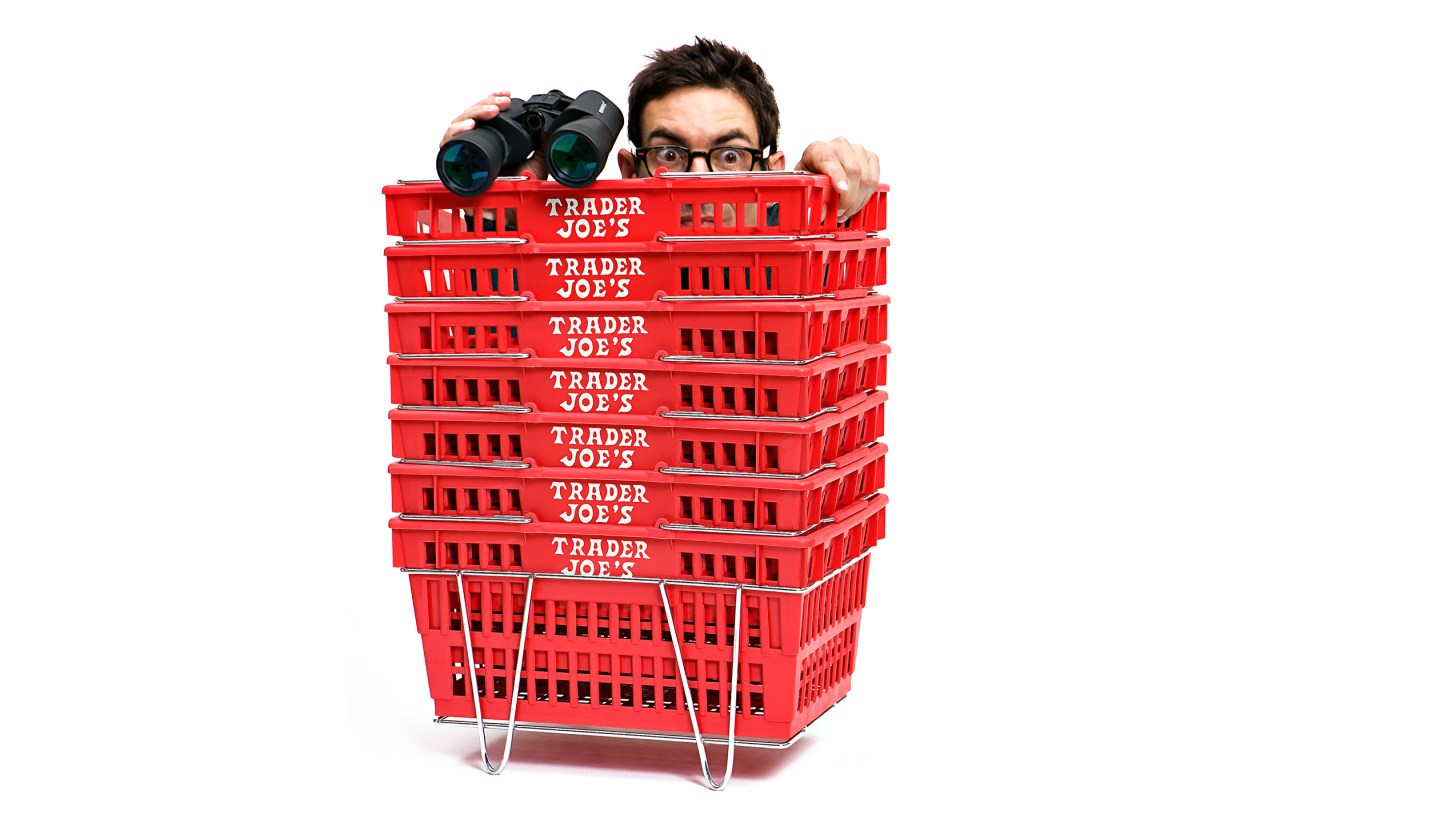This essay originally published in the Sunday, Nov. 24, 2024 edition of the Fortune Archives newsletter.
As Thanksgiving approaches, many Americans set out on the biggest, costliest grocery-shopping trip of the year. Adding to the stress: a seemingly endless proliferation of brand options, which can turn a simple task like choosing a can of cranberry sauce into a high-stakes decision. (Organic or old-school? Jellied or whole-berry?)
That kind of decision fatigue is one reason shoppers become converts to Trader Joe’s—with its limited, curated selection of products, many with cult followings. “Customers may think they want variety, but in reality too many options can lead to shopping paralysis,” Fortune’s Beth Kowitt noted in “Inside Trader Joe’s,” her 2010 deep dive into the secretive business practices of the grocery chain with a neighborhood-store vibe and a devoted fan base.
Focusing on a carefully chosen selection of trusted store-branded products was key to Trader Joe’s strategy. “If they’re going to get behind only one jar of Greek olives, then they’re sure as heck going to make sure it’s the most fabulous jar of Greek olives they can find for the price,” one ex-staffer told Kowitt.
It worked: In-house exclusives like “Two-Buck Chuck” (Trader Joe’s Charles Shaw wine—originally, yes, just $2 a bottle), and weeknight time-savers like Butter Chicken got people in the door. Once there, they’d find a wide range of Joe’s-branded products (think “Joe’s O’s” Cheerios-like oat cereal) that bore uncanny resemblances to premium-brand equivalents, at lower price points.
In fact, many such knockoffs were sourced from the same producers as the mass-market brands. That’s one reason the company’s meticulous buying process was shrouded in secrecy. “Former executives say that Trader Joe’s wants neither its shoppers nor its competitors to know who’s making its products,” writes Kowitt. “And many suppliers aren’t that keen on consumers knowing that they produce a lower-cost version for Trader Joe’s either.”
Since 2010, Trader Joe’s has expanded from 344 to 500-plus stores in the U.S.—some of which have become destinations for international tourists. It has also weathered some controversies, including battles over worker unionization and complaints from smaller food brands that say Trader Joe’s is copying their products.
Still, the chain has retained its reputation as a haven for bargain-hunting foodies. In some ways, it has achieved the corporate goal Kowitt identified back then: to grow into “the biggest neighborhood store ever.”
This is the web version of the Fortune Archives newsletter, which unearths the Fortune stories that have had a lasting impact on business and culture between 1930 and today. Subscribe to receive it for free in your inbox every Sunday morning.












